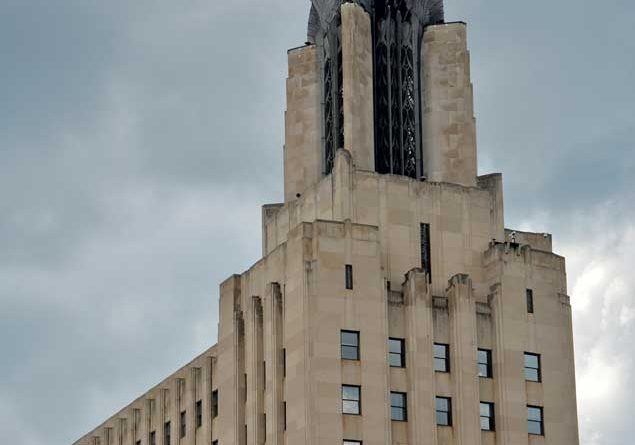ALCAB Aluminium Castings in Architecture & Beyond
An important conference on materials, technologies and applications of aluminium castings in architecture will be held on 13 November in Milan, at the Palazzo delle Stelline
For information and Conference program please check www.alcab.org
by Mario Conserva
Aluminum castings are not just for automotive applications. The ALCAB conference organized by Self Group in Milan on November 13th, aims to describe the state of the art concerning the use of large aluminium castings in architectural construction and related sectors. Academic representatives, technology experts, professionals from the worlds of architecture and design will share knowledge and offer an insight into a technology that is evolving to new standards. From ancient times up to today metal casting remains an unrivalled technique in terms of both shape freedom and geometrical complexity, becoming nowadays a process at the front-end of technological innovation using the latest tools in simulation, prototyping and analysis.
The earliest example of use of aluminium in architectural construction dates back to 1895 with the ceiling panels of St Edmund, King and Martyr church. Soon after in 1897 architect Raffaele Ingami used white silver aluminium sheets to cover the dome of San Gioacchino church in Rome. These examples were preceded in 1894 by a decorative use in Jenney’s Isabella building in Chicago where the elevators grills were casted in aluminium. At the turn of the century in 1906 Otto Wagner used cast aluminium for the sculptural an structural elements of the Postparkasse in Wien. In the great architectural oeuvres of the beginning of the XXth century aluminium started to be used more frequently. The spandrel panels of Empire State building were realized in cast aluminium and are still functioning today. Cast aluminium elements were used some years later for the Rockfeller building. Walter Gropius defined aluminium as “material of the future”, Laurence Kocher and Albert Frey followed the hype realizing a whole aluminium house for 1931 New York architectural expo.
After World War II Jean Prouvé realized the tropical house, a lightweight aluminium construction that could be easily moved from Niamey in Niger to Paris. Soon after in 1954 in Paris he designed the Aluminium Centenary Pavillion combining extruded and cast elements. In 1974 a young Norman Foster pioneered the extensive use of aluminium panels both for the rooftop and the facade of the Norwich Sainsbury Centre for Visual Arts. In the same year Branko Kraševac, designed a cladding for the Television Centre in Ljubljana with horizontally casted aluminium panels. In 1986 Foster & Associates used extruded aluminium for the cladding and die cast elements for the bris-soleil of Hong Kong & Shangai Bank headquarters. The last decades have seen notable examples of cast aluminium use in contemporary architecture: from the ceiling of Dallas Nasher Arts Center by Renzo Piano to the spectacular balustrade at 40 Bond in New York By Herzog & De Meuron to the 3.000 cast aluminium panels used by David Adjaye for the cladding of the NMAAHC in Washington.
Today aluminium is extensively used in every element of facade (balustrades, cladding, curtain walls…), rooftop and structure, becoming a key material for both decorative and structural parts. Extruded and sheet aluminium have been widely studied and tested and pros and cons are well known, while the use of sand cast aluminium is yet to be fully explored in particular for medium and large size elements. Applications in the automotive and aerospace sectors have transformed the foundry work from an ancient technique to an advanced technological process offering great mechanical performances and high quality standards. This advancement has made possible to use cast aluminium not only for decorative elements but also for large structural parts, integrating the freedom of shape with new achievements in terms of repeatability and quality control.

